Since the second season of Netflix’s ‘Into the Night’ was premiered a few days ago, we’d like to take this opportunity to talk about the making. The second season was shot by DP Magdalena Gorka on the ARRI ALEXA Mini LF paired with Vantage One4 lenses. Since the whole series was shot at night, ‘Into The Night’ constitutes a solid case study for low-light cinematography.
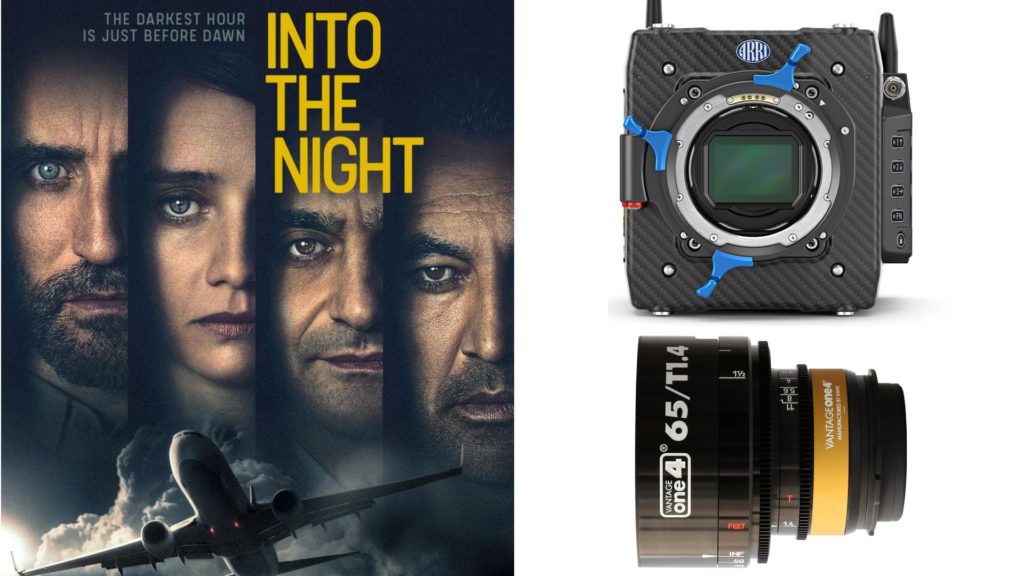
Into the Night
Into the Night is a Belgian apocalyptic sci-fi drama thriller streaming television series created by Jason George. The series premiered on Netflix on May 1, 2020. It is Netflix’s first Belgian original series. The second season premiered on September 8, 2021. One of the special characteristics of the series, regarding cinematography, is the fact it was mainly filmed… well, in night situations. The first season follows a group of people whose plane is hijacked while they are onboard a red-eye flight from Brussels. The hijacker was an Italian NATO soldier. He forces his way onto the commercial aircraft and demands an early take-off. The handful of people in the aircraft became some of the survivors of a deadly global event that results from exposure to sunlight. The plane heads west in an attempt to survive this catastrophe that kills all living organisms during daylight hours. The group – led by Mathieu (Capelluto), the pilot, and Sylvie (Pauline Étienne), a passenger – must work together to keep the sun behind them. The group must deal with fuel shortage, irradiated food, hidden agendas, and other problems in their race to reach an underground military bunker. In the second season, the remaining survivors secure their path to a NATO bunker, where they seek refuge from the deadly rays of the sun. Continuing their quest for survival with the military members in the bunker, they attempt to manage a brewing conflict and find a solution to the diminished supply of resources. I’ve watched both seasons and I highly recommend them. The cinematography is outstanding and it’s merged with unique storytelling and engaging characters.
Shot on large format cameras
The first season was shot on the Sony VENICE and the second season on the ARRI ALEXA Mini LF. As explained, 99% of the story is been told at night, and thus, was shot in low light environments, with almost zero help from the sun, as the sun is the enemy here. The second season was filmed by DP Magdalena Gorka who utilized fast lenses. For this kind of shooting, the most logical option was choosing large format cameras. For instance, in season one, most of the sequences were done inside a plane which is a tight space.
In the second season, the majority of the shots were performed in a bunker, and thus cameras that offer a large field of view were needed. Moreover, for closeups, large-format sensors have their advantages since they allow the usage of narrower lenses when close to the object, which results in a more flattering portrait. Also, a larger sensor absorbs more light, and that’s critical when shooting in the dark.
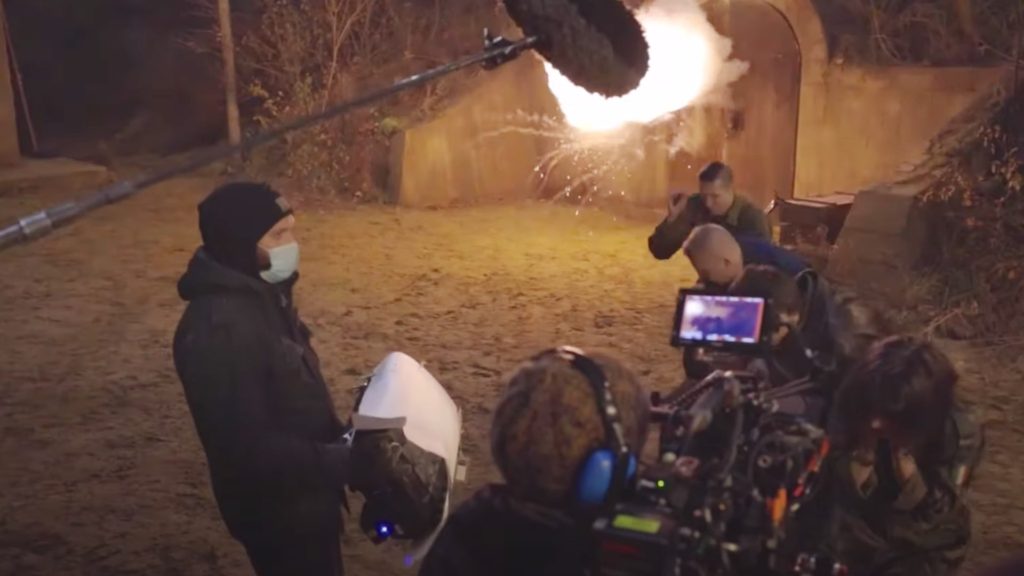
Vantage One4 lenses: “Spherical glass for large format”
DP Magdalena Gorka shot season two on the ALEXA Mini LF at 800 ISO with the Vantage One4 glass. “I didn’t even need to push to 1200. I’m shooting in very dark spaces at stop 2.0 and everything looks fantastic. We’re doing car chases with just streetlights” said Gorka to Vantage, which is the company that manufacturers the glass. The Vantage One4 is a line of spherical lenses. According to Vantage: “Unlike lenses that adapt existing elements to fill larger sensors without improving resolution, Vantage One4s have been designed for the purpose from the ground up, thus delivering full optical power to bigger sensors”. A standard set includes 27, 35, 50, 65, 80, and 105 mm focal lengths. Moreover, Vantage One4 lenses also offer a decent close focus – the minimum close focus on the 65 mm is 15 inches. That characteristic has an impact when shooting in tight spaces. Also, “If we had shot anamorphic, we might be handicapped because of the stop, and because of the physical size of the lenses” Gorga adds.
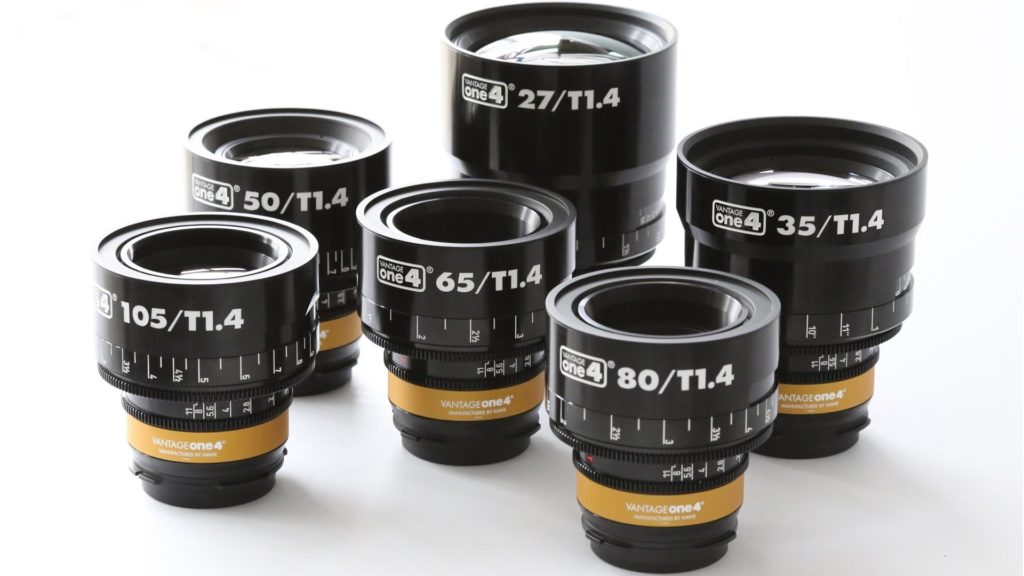
Shooting wide open
“Almost the entire show is on stop T2 because the softness and creaminess are just ultimate at this stop,” says Gorka. This is not the first time that an entire show is shot wide open. We wrote a bunch of articles about Zack Snyder’s Army of the Dead that was shot on a very special glass, which was entirely opened as well. On Army, Zack utilized Canon’ RangeFiners which are defined as the ‘Dream Glass’. Zack even amplified it by shooting wide open (T0.95) on a VV sensor (RED Monstro). In that maximum aperture, the sharpness is reduced, and instead, a ‘glory’ look is established. Well, on ‘Into the Night’ the same phenomenon can be noticed. Shooting wide helps with the lack of light, and moreover, grants more glory and softness to the image. This can be used as an advantage that fits the story when done right.
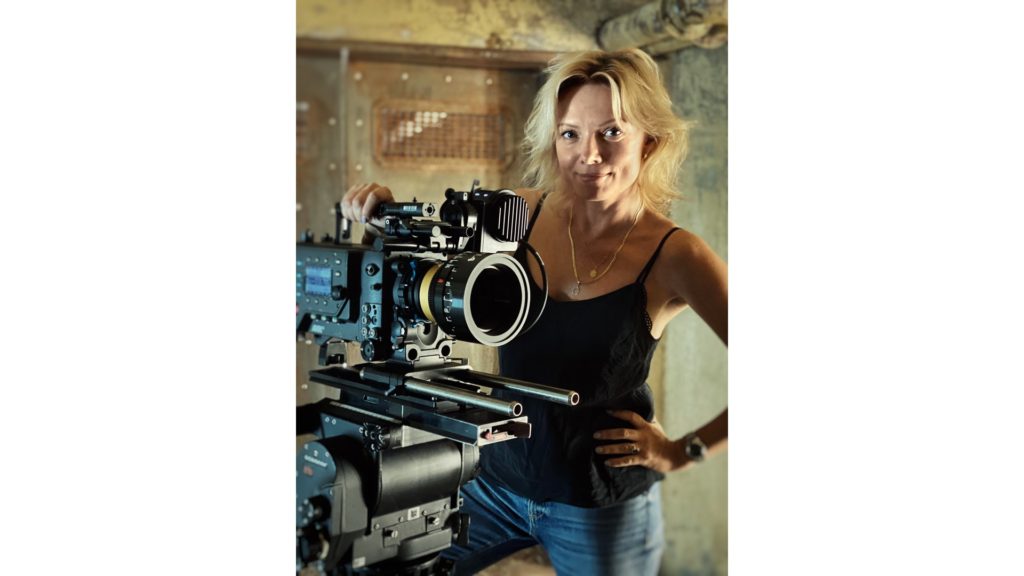
Final thoughts
Into the Night is one of the best Netflix series I’ve ever watched. It’s a treat for cinematographers and storytellers who want to tell their stories in a dark environment. Utilizing small light sources like flashlights, candles, and streetlights can result in beautiful and fascinating imagery. And with a special glass made for large sensors, this experience can truly be amplified.
Have you watched ‘Into the Night’? What’re your insights on the cinematography behind it? Have you got the chance to shoot entirely on maximum aperture? Feel free to comment with your ideas below.


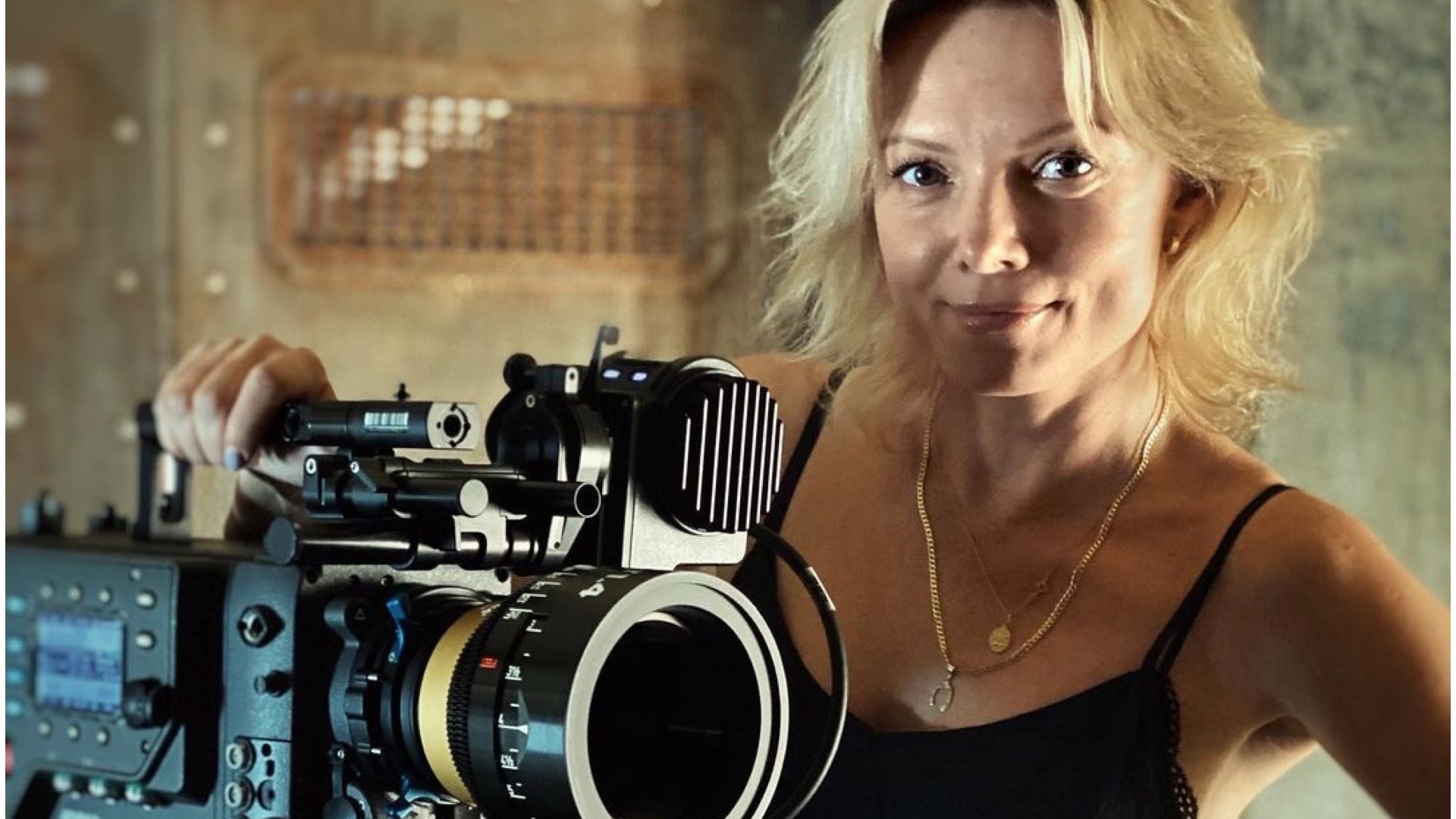

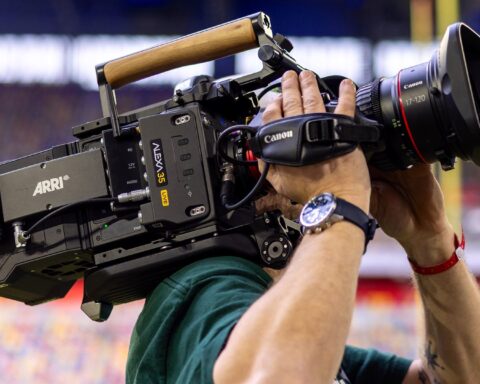


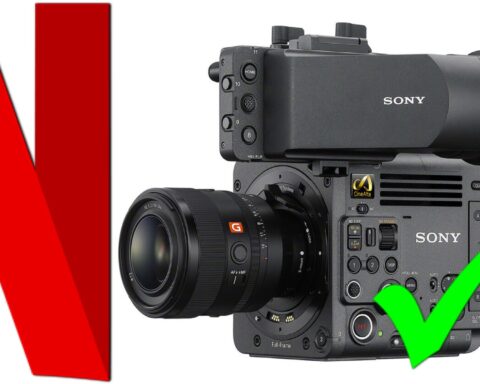


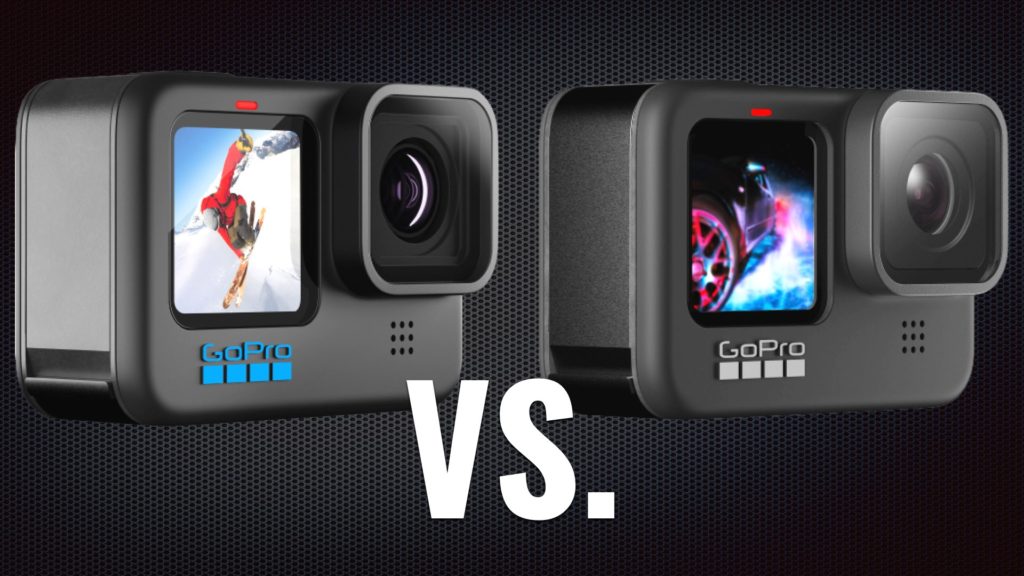
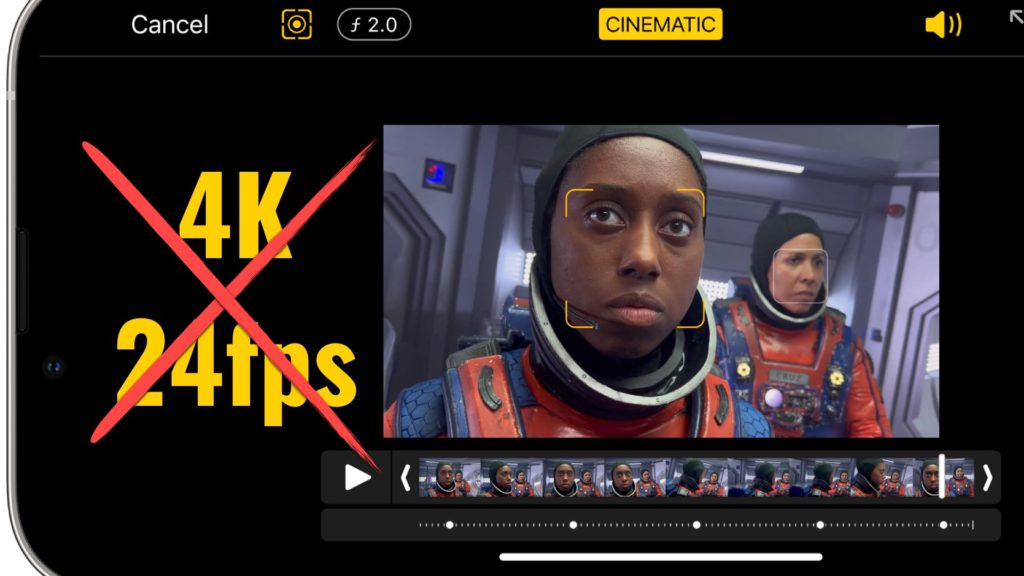




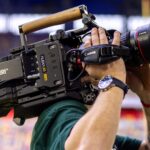
Hello Yossy, nice and interesting post about the technical aspects but my opinion about the story narrated along “Into the Night” are not as enthusiastic as your ? but this is different story. It would be nice to read an article on the many and many series mostly shot in dark environments released in the few last years. My opinion is that the dark environments choice is partly due to the need of hiding the roughly finished sets (to save money and time) and have the viewer to focus on characters and story.
Hi Andre,
Interesting angle.
But take into consideration that shooting at night demands a lot of lighting equipment that is less necessary in a day shoot. In many cases, day-shoot is more budget-friendly.
Thx,
Yossy
Shot with Vantage T1.4 lenses at a stop reported as T2.0 by the cinematographer, which means the lens wasn’t wide open at all, the iris was closed by 50%. The rest of the article where it relates this to Zach Snyder’s (pretty dreadful looking) Army of The Dead relies entirely on this comparison as a shoehorn to get readers to click through to that article.
The reality cinematographers shoot wide open alot these days and so it’s nothing to a) be considered unique or b) be particularly proud of, as it could be argued that this ‘glory’ look pushes actors, operators and focus pullers into a corner, and is a fairly solid two finger salute to art designers and on set art dept who spend so much time dressing sets beautifully, only for it to disappear into the mush that directors love banding around as bokeh.
Well done to Magdalena Gorka for keeping the shooting stop to T2 if T1.4 was available though, no doubt there were times where it had to open a tad more due to lighting / time / cost limitations, but I’m not alone in saying a fair number of us are bored of the wide open look:
Lets hear it for the hair and make up teams and lighting companies and crews, DOPs, filter manufacturers, art depts, 1st ADs, camera assistants, locations teams (etc) whose invaluable influence can help pull us out of this slump of thinking shallow focus isn’t just shallow decision making.